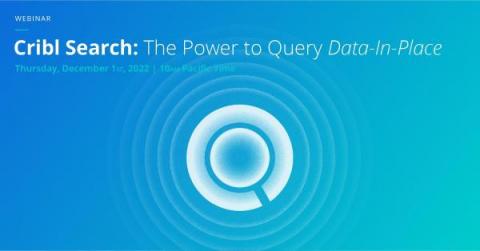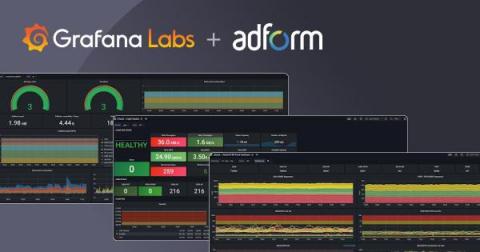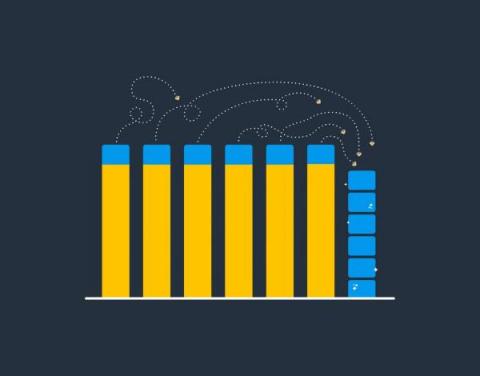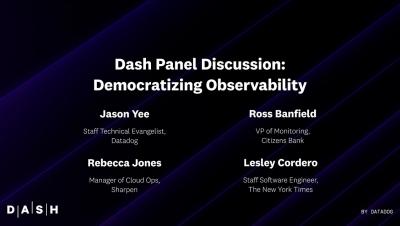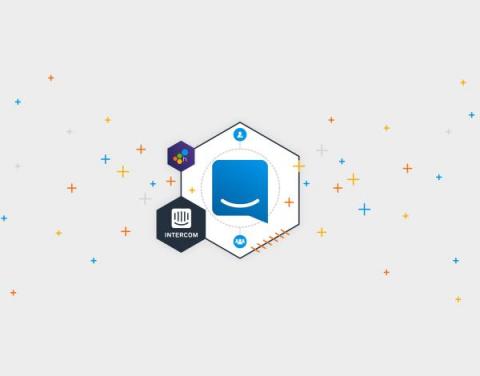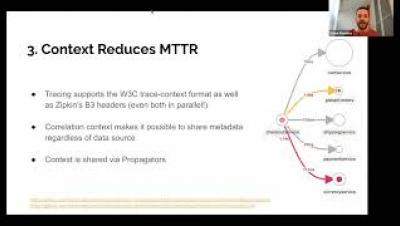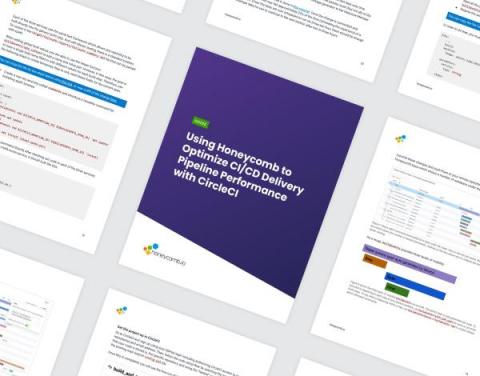Searching Observability Data Just Became Point & Shoot
The traditional approach for searching observability data is a tried-and-true: Once all the search staging is accomplished, we can perform high-speed, high-performance, deep-dive analysis of the data. But is this the best way or even the only way to search all that observability data? The answer to the first question is maybe, as it depends on what you are trying to accomplish. The answer to the second question must be a resounding no.


